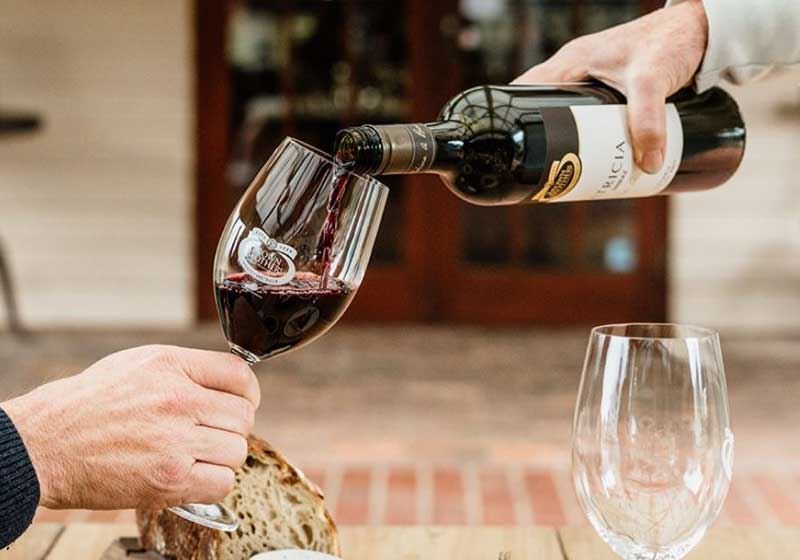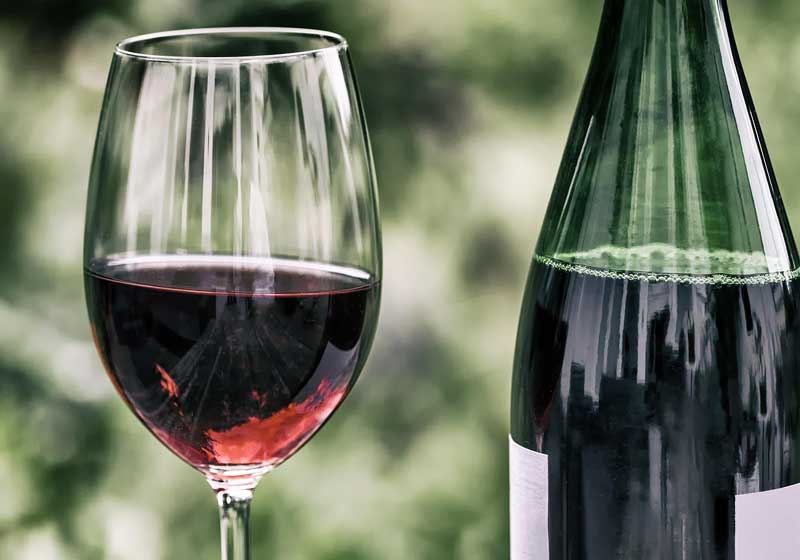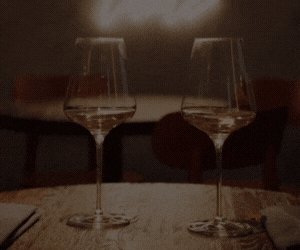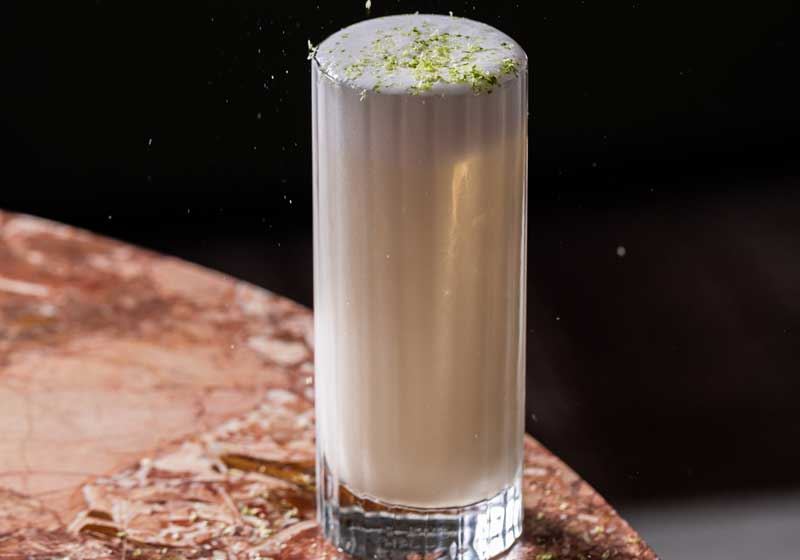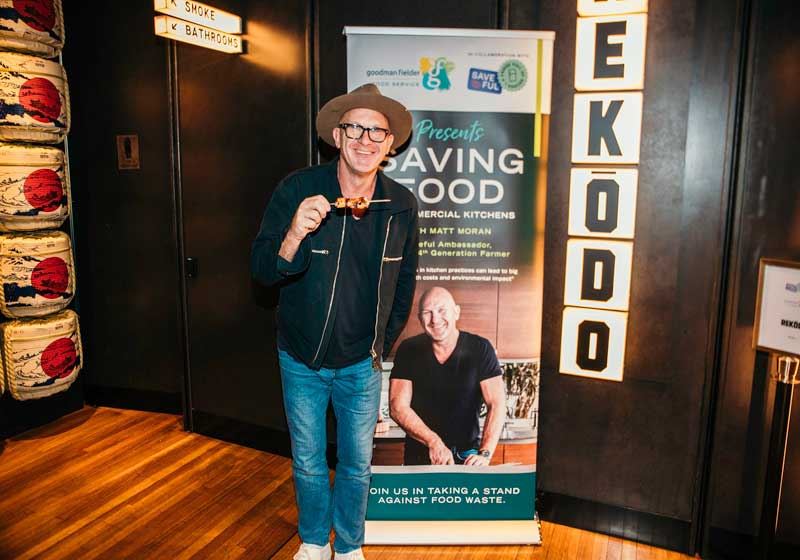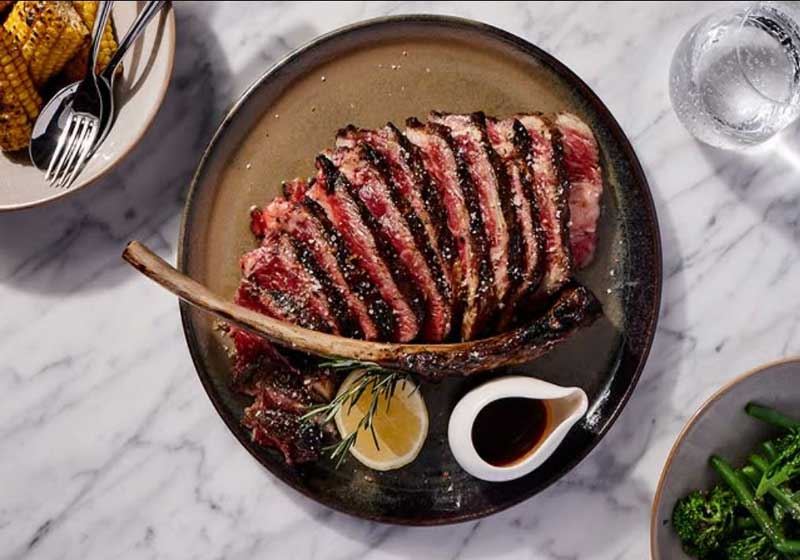By Leigh O’Connor.
From risking her inheritance on a failing business to gambling her Champagne against a naval blockade, Barbe-Nicole Clicquot built her empire on bold decisions.
The story of the Veuve Clicquot Champagne dynasty – with its bright yellow label making it one of the most recognisable in the wine world – is one of determination, shrewd calculation and innovative technique from a widow who knew exactly what she wanted and how to get it.
Born Barbe-Nicole Ponsardin in 19th-Century France, Widow (Veuve in French) Clicquot was one of the world’s first international business women who brought her wine business back from the brink of destruction and created the modern Champagne market in the process.
The daughter of an affluent textile industrialist in Reims, Barbe-Nicole’s childhood was heavily influenced by the political leanings of her father, Ponce Jean Nicolas Philippe Ponsardin, which switched from monarchist to Jacobin as the tide of the French Revolution turned against the monarchy. Through his shrewd politics, the family was able to escape the Revolution relatively unscathed, a rarity for an affluent bourgeoisie family.

Next-door neighbour, Philippe Clicquot, also ran a successful textile business, making him the chief competitor to Barbe-Nicole’s father. In an attempt to consolidate the power of their businesses, the two men did what any canny business owner in the 18th Century would have done – married their children.
In 1798, when she was just 21-years-old, Barbe-Nicole married Francois Clicquot – a lively young man with large aspirations; instead of taking over his father’s textile industry, Francois was interested in growing his family’s small wine business.
At this time, sparkling wine had been invented but the Champagne region was more famous for its still wines. Francois had little knowledge of wine-making as a craft, but one of Barbe-Nicole’s grandmothers had been part of a wine-making operation generations earlier.
The couple set out to learn the industry together from the ground up. Despite their passion, the Champagne business stalled and looked ready to collapse when in 1805, six years after their marriage, Francois fell suddenly ill with a fever. Just 12 days later, he was dead.
Rumours swirled around the town that his death had been a suicide caused by despair at the failing business, though most accounts attributed it to an infectious fever such as typhoid.
Both Barbe-Nicole and Philippe were devasted by Francois’ death and Philippe announced that by the end of the year, the wine business would end.

The widow had other plans and risked her inheritance to ask her father-in-law to invest an equivalent amount of money in the business, he said yes. It was extremely surprising that he would let a woman with no business training take this on – it also proves he was no fool and understood how keenly intelligent his daughter-in-law was.
The condition of the investment was Barbe-Nicole had to undertake an apprenticeship with a well-known winemaker – for four years she tried to make the dying wine business grow but it didn’t work and at the end of her apprenticeship, the business was just as broke as before.
Once again, Barbe-Nicole approached Philippe and for the second time, he invested in the Champagne business.
At this stage, Europe was at the end of the Napoleonic Wars and in her cellar was what would become the legendary vintage 1811. Barbe-Nicole took a huge business gamble – she knew by the end of the war that the Russian market would be thirsty for the kind of Champagne she was making – an extremely sweet wine that contained nearly 300 grams of sugar (about double that of today’s sweet dessert wines, like a Sauterne).
There was one big problem, the naval blockades that had crippled commercial shipping during the wars. Smuggling her best wine out of France as far as Amsterdam, the Champagne waited for peace to be declared and was then sent to Russia, beating Barbe-Nicole’s competitors by weeks.
Soon after her wine debuted in Russia, Tsar Alexander I declared it was the only kind he would drink. Suddenly Veuve Clicquot went from being a very minor player to a name everyone knew and wanted.

With the increased demand, it became obvious to Barbe-Nicole that she needed to improve the process if she was going to keep up.
Champagne is made by adding sugar and live yeast to bottles of white wine, creating what is known as secondary fermentation. As the yeast digests the sugar, the bi-products created are alcohol and carbon dioxide, which give the wine its bubbles.
There’s only one problem: when the yeast consumes all the sugar it dies, leaving a winemaker with a sparkling bottle of wine and dead yeast in the bottom.
The dead yeast was more than unappetising, leaving the wine looking cloudy and visually unappealing. The first Champagne makers dealt with this by pouring the finished product from one bottle to another to rid the wine of its yeast. The process was more than time-consuming and wasteful: it damaged the wine by constantly agitating the bubbles.
Barbe-Nicole knew there had to be a better way. Instead of transferring the wine from bottle to bottle, she devised a method that kept the wine in the same bottle but consolidated the yeast by gently agitating the wine.
The bottles were turned upside down and twisted which caused the yeast to gather in the neck of the bottle - this became a method known as ‘riddling’ and is still used today by modern Champagne makers.

The innovation proved to be a revolution as the wine’s quality improved and production was much faster which became an extreme annoyance to her competitors like Jean-Rémy Moët who couldn’t replicate the method.
With a loyal staff who did not betray her secret, it was decades before any of her competitors became wise to the method of riddling, giving Barbe-Nicole a huge advantage over the Champagne market.
By the time she died in 1866, Veuve Clicquot was exporting Champagne to far reaches of the world from Lapland to the United States.
In all that time, Barbe-Nicole never left France – it would have been inappropriate for a woman to travel alone – she also never remarried as that could have meant relinquishing control of her business.
From risking her inheritance on a failing business to gambling against a naval blockade, Barbe-Nicole built her empire on a business model she never regretted.
In a letter to a grandchild in later life she said:
"The world is in perpetual motion and we must invent the things of tomorrow. One must go before others, be determined and exacting and let your intelligence direct your life. Act with audacity.”
Cheers to the Widow Clicquot!


